Arch-101, Basics of Design
First Preliminary Jury
03.12.2024
For our first pre-jury, we were tasked with studying clearly defined, interconnected volumes resulting from a deliberate strategy.
My approach to organization was centralized. To achieve this, I designed a core composed of tightly enclosed volumes. As the units radiated outward from the center, their volume definitions became more open, creating a void adjacent to the core.
Below, you will find the poster featuring orthographic and axonometric projections of the final design, a strategy diagram, and the design catalog.

_JPEG.jpeg)
_JPEG.jpeg)
Before the day of jury we stayed up all night for the very first time of our architectural education. It was truly a night to remember filled with lots of laughter. I find this photo particularly heartwarming, so I wanted to share it :)
Site Study at Middle East Technical University
10.12.2024
In our last theorical lesson, we were introduced to two new terms: hinge and threshold.
Hinge is actually a metal fastening that joins the edge of a door, window, or lid to something else and allows you to open or close it. Similarly, threshold is a strip of wood or stone forming the bottom of a doorway and crossed in entering a house or room.
But of course our focus is on their metaphorical meanings rather than the literal ones. In other words, we refer to hinge as something that makes one element acknowledge the other while maintaining their individual identity and let them do what they are supposed to do together also on their own; and threshold as an intermediary element which relates larger elements together.
To gain a deeper understanding, a trip to METU was organized, and we were asked to photograph these applications whenever we encountered them. Here are few of the many I took;


.jpg)
.jpg)
An example of a threshold (upper left). Textural changes can also be considered as hinges. (right bottom)
We were also expected to create an animation that first highlights, then separates, and ultimately reunites the groups.
Final Jury
06.01.2025
We were tasked with preparing our final jury models by incorporating the feedback received since the pre-jury and applying the new concepts we had learned. While our primary objective remained defining volumes, we also had to integrate elements like hinges and thresholds into our designs. I focused especially on hinges, positioning them in different directions and axes throughout the model, while also introducing textural changes to highlight certain ones and emphasize their significance. Initially, I approached the project with linearity as my strategy and worked accordingly. However, during the jury, it was suggested that the final version of the project was better described as clustered rather than linear.
The poster below showcases a strategy diagram, a close-up of a key strategic detail, axonometric and orthographic projections (including top view, front view, and section), an exploded axonometric section, a design catalog, and a photograph of the model with highlighted hinges.


Note from the author;
Honestly, the process was long, exhausting, and challenging, with moments when I felt like giving up. Despite these difficulties, I believe this demanding journey significantly contributed to my education, as well as my professional and personal growth. Looking forward ;)





